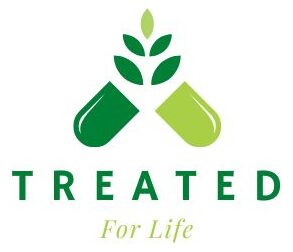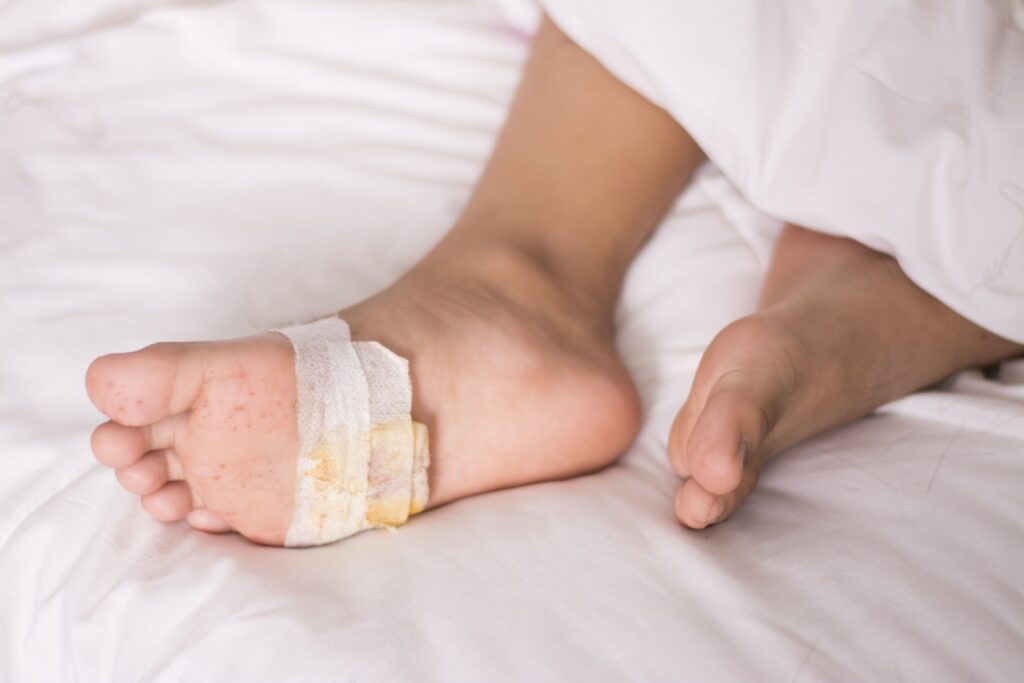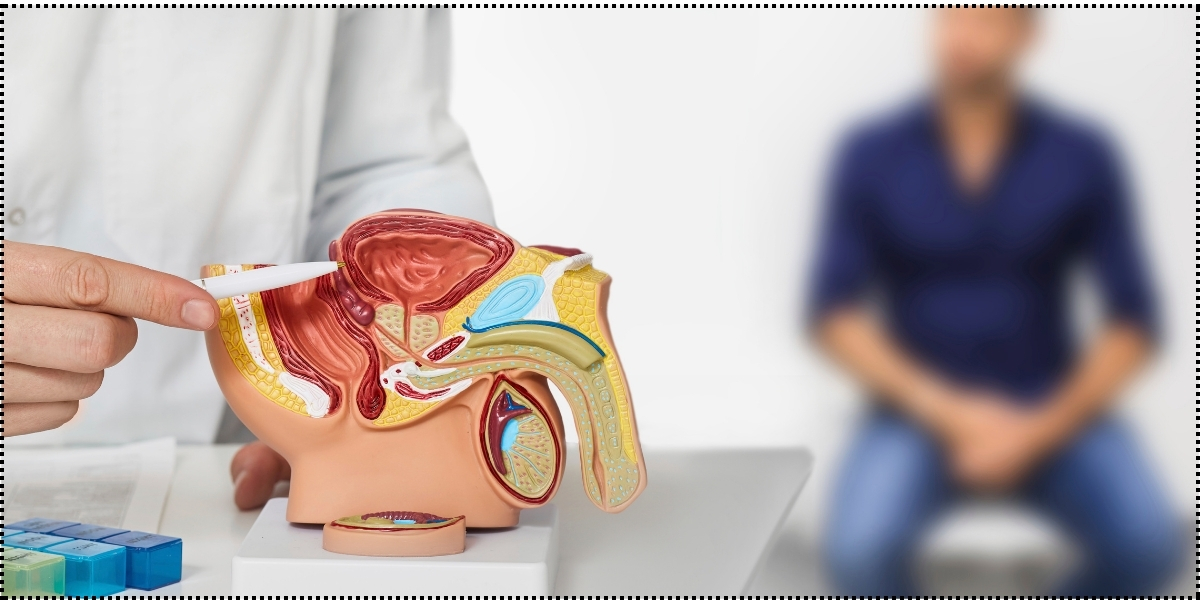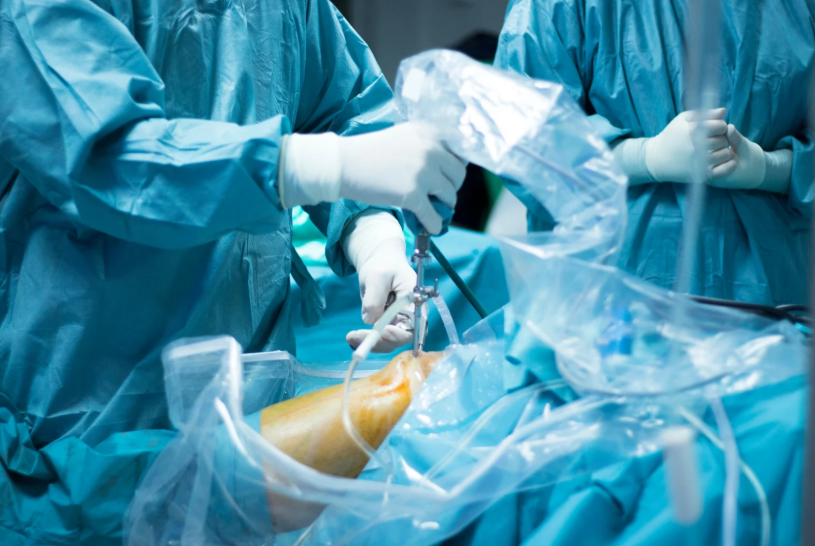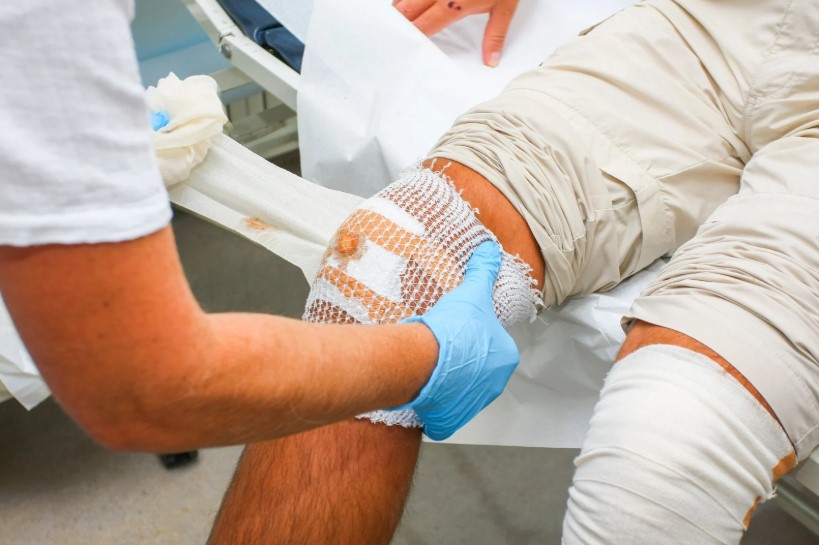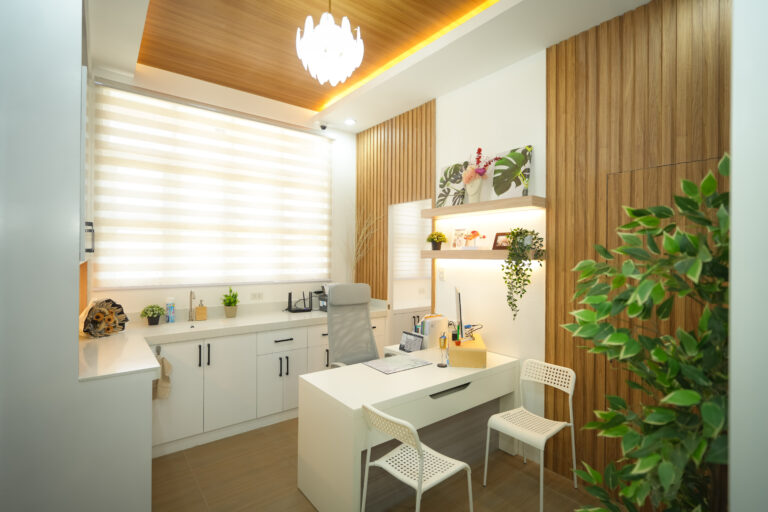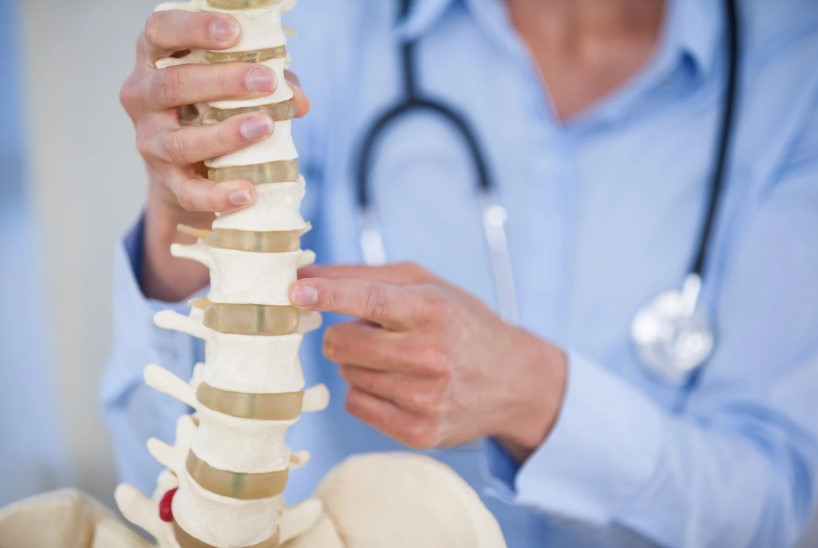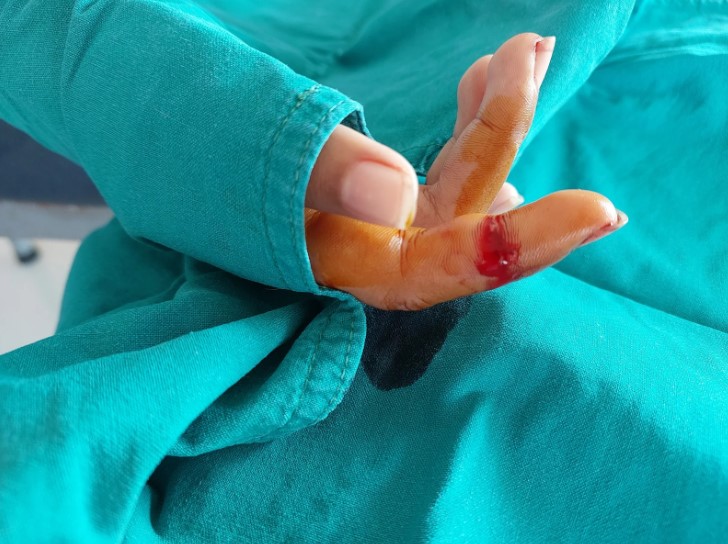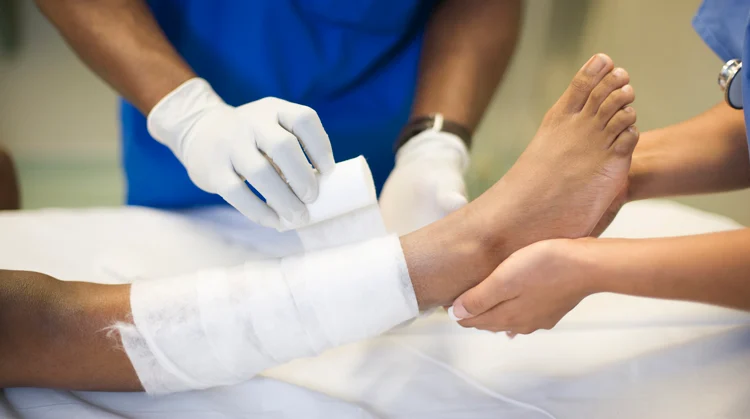Modern Wound Care Management is undergoing a transformative shift thanks to the integration of advanced technology. Chronic wounds, post-surgical injuries, pressure ulcers, and diabetic foot ulcers pose significant challenges for patients and caregivers alike. Effective management of these conditions requires precision, consistency, and comprehensive monitoring. Clinics that leverage technology are now able to improve healing outcomes, reduce complications, and enhance patient experiences. Kalingap Wound Care Clinic stands at the forefront of this evolution, combining cutting-edge medical techniques with Filipino values of kalinga (care) and lingap (nurture) to deliver superior wound care management across Quezon City and Metro Manila.
Understanding Modern Wound Care Management
Wound Care Management refers to the systematic approach to treating acute, chronic, and complex wounds. Its goal is to promote healing, prevent infections, minimize scarring, and restore the patient’s quality of life. Conditions like pressure ulcers, diabetic foot wounds, post-operative wounds, and venous insufficiency ulcers require careful evaluation, specialized interventions, and consistent follow-up. By incorporating technology, healthcare providers can deliver personalized treatment plans that adapt to each patient’s unique needs. Kalingap Wound Care Clinic exemplifies this approach, using innovative methods to ensure every patient receives effective, safe, and culturally sensitive care.
Key Technologies in Wound Care Management
Ultrasonic-Assisted Debridement
Ultrasonic-assisted debridement is a key component of advanced Wound Care Management. This technology uses high-frequency sound waves to remove dead or necrotic tissue without harming healthy tissue. By cleaning the wound bed efficiently, it reduces bacterial load, promotes blood flow, and accelerates healing. At Kalingap Wound Care Clinic, this technique is applied by highly trained specialists, ensuring precision and minimal discomfort for patients with chronic or complex wounds.
Negative Pressure Wound Therapy (NPWT)
Negative Pressure Wound Therapy, also known as NPWT, is another revolutionary technology in Wound Care Management. It uses vacuum-assisted closure to remove excess fluids from the wound, enhance blood circulation, and stimulate tissue regeneration. NPWT is particularly beneficial for chronic wounds, post-surgical injuries, and diabetic foot ulcers, helping to speed up recovery while reducing infection risks. Kalingap Wound Care Clinic utilizes NPWT as part of its holistic treatment protocols, ensuring patients receive effective care tailored to their wound type and severity.
Advanced Wound Assessment Tools
Digital imaging and advanced monitoring tools have transformed Wound Care Management. These technologies allow clinicians to track wound size, depth, and healing progress over time with precision. Accurate assessments help create personalized care plans and enable timely interventions when complications arise. Kalingap Wound Care Clinic employs these tools to enhance clinical decision-making, ensuring that every patient receives optimal and evidence-based treatment.
Specialized Dressings and Materials
Specialized dressings are a cornerstone of effective Wound Care Management. Hydrocolloid, foam, silicone, and antimicrobial dressings are used to maintain optimal moisture balance, protect the wound from infection, and minimize pain during dressing changes. By combining these advanced materials with techniques like NPWT and ultrasonic-assisted debridement, Kalingap Wound Care Clinic ensures comprehensive protection and faster recovery for patients.
Infection Control & Monitoring Technologies
Preventing infections is critical in Wound Care Management, especially for patients with chronic conditions or diabetes. Modern technologies allow for early detection of bacterial growth, continuous monitoring of the wound environment, and integration with systemic treatment plans. At Kalingap Wound Care Clinic, proactive infection management protocols are implemented using both advanced diagnostics and real-time monitoring tools, reducing the likelihood of complications and promoting safe healing.
Benefits of Technology-Enhanced Wound Care Management
The integration of technology into Wound Care Management provides numerous advantages. Healing times are faster, infection risks are minimized, and treatment plans can be adapted in real-time based on wound progression. Technology also improves accuracy in assessment, facilitates patient education, and allows caregivers to monitor wound status effectively. Elderly patients and those with chronic wounds benefit significantly from consistent and precise care, reducing hospitalizations and improving overall quality of life. Kalingap Wound Care Clinic exemplifies these benefits by combining advanced medical technology with a patient-centered approach.
Why Clinics Like Kalingap Wound Care Clinic Lead in Technology-Driven Wound Care Management
The leadership of Dr. Lou Mervyn Tec, a board-certified orthopedic surgeon with international training in Japan and Australia, ensures that Kalingap Wound Care Clinic remains at the forefront of technology-driven Wound Care Management. The clinic combines the latest techniques with holistic, Filipino-centered care values of kalinga and lingap, creating a nurturing environment where patients receive both expert treatment and compassionate support. This approach is particularly effective for patients with diabetic foot wounds, pressure ulcers, post-surgical injuries, and venous insufficiency ulcers.
Takeaway
Advanced technology is redefining Wound Care Management, offering faster healing, improved patient outcomes, and enhanced safety. Clinics that integrate tools such as ultrasonic-assisted debridement, NPWT, specialized dressings, and digital assessment technologies are setting new standards in wound treatment. Patients seeking the highest quality care can trust Kalingap Wound Care Clinic for expert, technology-driven, and compassionate wound care management in Quezon City, Metro Manila, and across the Philippines. By combining innovation with holistic care, the clinic empowers patients to heal with dignity and confidence.
FAQ Section
What are the most effective technologies used in Wound Care Management?
Ultrasonic-assisted debridement, negative pressure wound therapy (NPWT), advanced wound assessment tools, and specialized dressings are among the most effective technologies used.
How does NPWT help in chronic wound recovery?
NPWT enhances blood circulation, removes excess fluids, and promotes tissue regeneration, leading to faster and safer healing.
Can technology prevent complications in diabetic foot ulcers?
Yes. Technologies such as ultrasonic debridement, NPWT, and real-time monitoring reduce infection risks and help prevent severe complications, including amputation.
How do ultrasonic-assisted debridement and advanced dressings work together?
Ultrasonic debridement prepares a clean wound bed, while advanced dressings maintain optimal moisture, protect against infection, and support tissue regeneration.
Why is technology important in long-term wound care management?
Technology allows for precise monitoring, timely interventions, and personalized treatment plans, ensuring chronic and complex wounds heal effectively while preventing recurrence.
